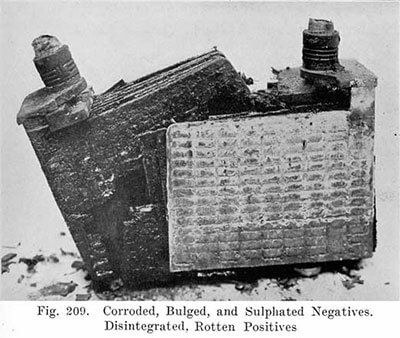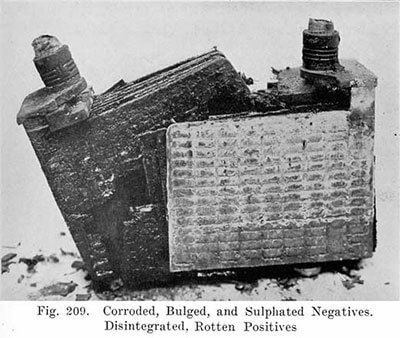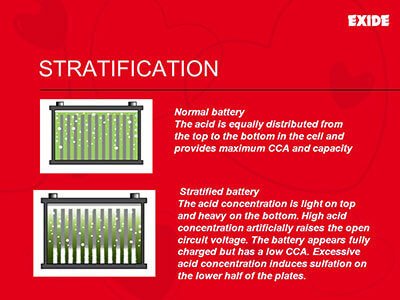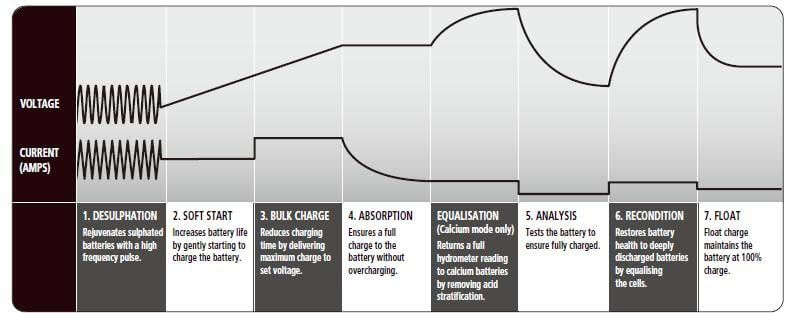
5 Battery Maintenance Tips for Deep Cycle Batteries
Our recreational vehicles run on deep cycle batteries. Golf carts, marine boats, and other vehicles are all examples of this. Deep cycle batteries, unlike automotive batteries, are designed to discharge the bulk of their charging capacity in a single cycle and deliver power for a long time. Deep cycle batteries, unlike starter batteries, have unique duties that necessitate special care and maintenance to ensure that they last a long time and continue to serve you and your machinery. We have decades of experience working with deep cycle batteries at Batco Batteries, and we provide the most comprehensive selection in North Brisbane.
1. Checking Your Deep Cycle Battery's Charge
When your deep cycle battery is used to power a machine, you should watch the charge so you don't run out of power abruptly. Depending on the manufacturer, deep cycle batteries typically discharge 45-75 percent of their capacity. So, how can you know whether your battery is fully charged? Voltage indicating digital monitors, hydrometers, and amp-hour meters are just a few of the excellent tools available to assist you. Check the charge of your deep cycle battery with one of these. To They should be recharged to sure a long life when they indicate a 50 percent charge, but never lower than 20 percent.
2. You should avoid sulfation at all costs.
If left uncharged for too long, lead-acid batteries, such as deep cycle batteries, can sulphate. When the lead sulphates solidify, the battery becomes sulphated and no longer accepts a charge. When this happens, it's usually too late to salvage the battery since increasing sulphate deposits break the cell plates, rendering them unable to conduct current. Following a discharge cycle, thoroughly recharge your deep cycle battery to avoid sulfation. To maintain your battery health, make sure to charge it regularly. The best way to prevent sulfation is to avoid it in the first place.

3. You should avoid stratification.
Stratification of the electrolyte in your deep cycle battery, which develops due to repetitive partial charging and discharging, can drastically diminish the capacity and performance of the battery. The balance of chemicals utilised to run your battery is thrown off by stratification. In this scenario, the acid has seeped to the bottom of the battery. The absence of acid at the top inhibits plate activation. This imbalance might have a significant impact on your battery's performance. Diffusion, regular battery operation, and mechanical stirring of the electrolyte can all help to correct stratification.

4. Allow time for your battery to cool down.
When giving your battery a period of use and recharging, it's better to let it "rest" and remain inactive until it cools down. Suppose you place the battery in your boat, wheelchair, or golf cart right after it's been fully charged. In that case, you risk burning it out and rendering it ineffective. Because a recharging cycle generates so much heat, running it immediately afterwards might induce grid corrosion, leading to battery failure.
5. In deep cycle batteries, equalisation is crucial.
Periodic equalisation is required to keep cells in balance after a normal charge cycle. In manually timed chargers, the prolonged, low current charge is applied after the complete charge cycle, lengthening the charge time by around 3 hours. Keeping the cells balanced is critical for deep cycle batteries since any drop in cell regularity can lead to instability or even battery failure.

Batco Batteries has everything you need to get the battery you need for your mechanisms in the North Brisbane area. We have all battery-related goods and a wealth of knowledge that we are happy to share with our clients and guests. We have deep cycle batteries in stock for all of your machinery and cars, including 6V and 12V and Marine deep cycle batteries, AGM Batteries, and more.